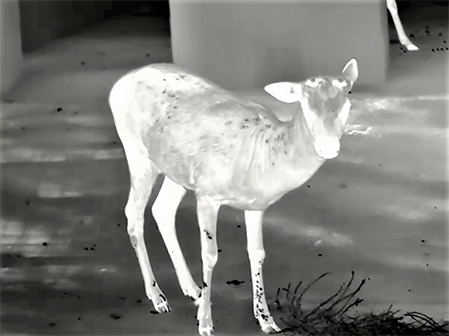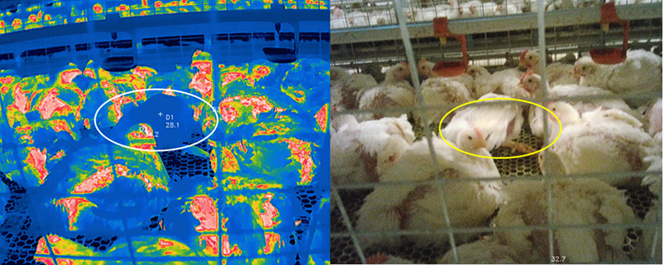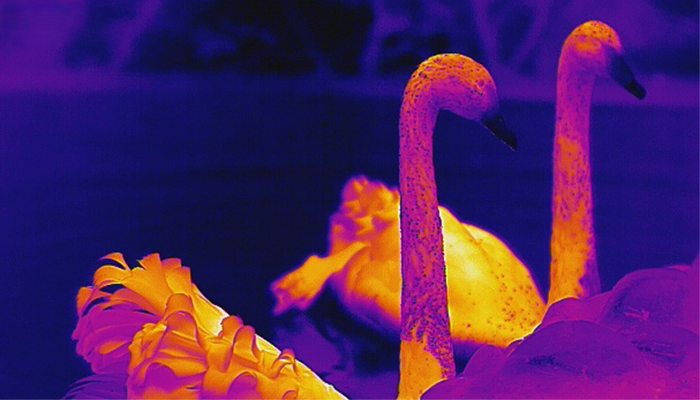In the ever-evolving world of agriculture, smart bosses are turning to innovative technology to ensure the health and well-being of their livestock. One such technology is thermal imaging, which is revolutionizing the way farm managers monitor and maintain animal health. This article delves into why thermal imagers are becoming a staple in modern livestock health management.
Understanding Thermal Imaging Technology
Thermal imaging, also known as thermography, is a non-invasive diagnostic tool that detects heat patterns emitted by animals. By analyzing these patterns, farmers can identify potential health issues before they become serious problems.
How Thermal Imaging Works
Thermal imagers capture infrared radiation emitted by the body, translating it into visual images that highlight temperature variations. This technology is particularly useful in livestock health management because it allows for the early detection of inflammation, fever, and other heat-related symptoms.
Types of Thermal Imagers
There are various types of thermal imagers suitable for livestock, ranging from handheld devices to mounted systems that scan animals as they pass by. Each type offers different levels of detail and convenience, catering to the specific needs of different farming operations.

Benefits of Thermal Imagers in Livestock Health
Early Detection of Health Issues
One of the primary benefits of thermal imaging is its ability to detect health issues at an early stage. By identifying temperature anomalies, farmers can intervene before an issue escalates, reducing the need for extensive veterinary care and minimizing the impact on the animal's well-being.
Improved Animal Welfare
The use of thermal imagers contributes to improved animal welfare by allowing for more humane and less invasive health checks. Animals are not subjected to the stress of physical examinations, and farmers can monitor their health with minimal disturbance.
Enhanced Productivity
From a business perspective, thermal imaging can significantly enhance farm productivity. By maintaining the health of the livestock, farmers can ensure a more consistent production output, reducing the risk of disease outbreaks that can lead to significant financial losses.
Cost Efficiency
The economic benefits of using thermal imagers are clear. The initial investment in the technology can be quickly offset by the savings in veterinary bills and the increased productivity that comes from healthier animals.

Challenges and Solutions
Technical Challenges
While thermal imaging offers numerous benefits, it is not without its challenges. Technical issues such as image clarity and the need for proper training to interpret the results can be barriers to adoption.
Adoption Barriers
Some farmers may be hesitant to adopt new technology due to concerns about the cost or the learning curve associated with using thermal imagers.
Solutions and Best Practices
To overcome these challenges, it is essential to provide farmers with access to training and support. Manufacturers can offer workshops and online resources to help farmers understand how to use thermal imagers effectively.

Future of Thermal Imaging in Livestock Health Management
The future of thermal imaging in livestock health management looks bright. Technological advancements are expected to make thermal imagers even more accurate and user-friendly. Furthermore, the integration of thermal imaging with other technologies such as IoT and AI is set to provide even deeper insights into animal health.
Thermal imagers are proving to be a valuable tool in the arsenal of smart bosses in the livestock industry. By providing early detection of health issues, improving animal welfare, and enhancing productivity, these devices are setting a new standard in livestock health management. As technology continues to advance, we can expect thermal imaging to play an even more significant role in the future of agriculture.